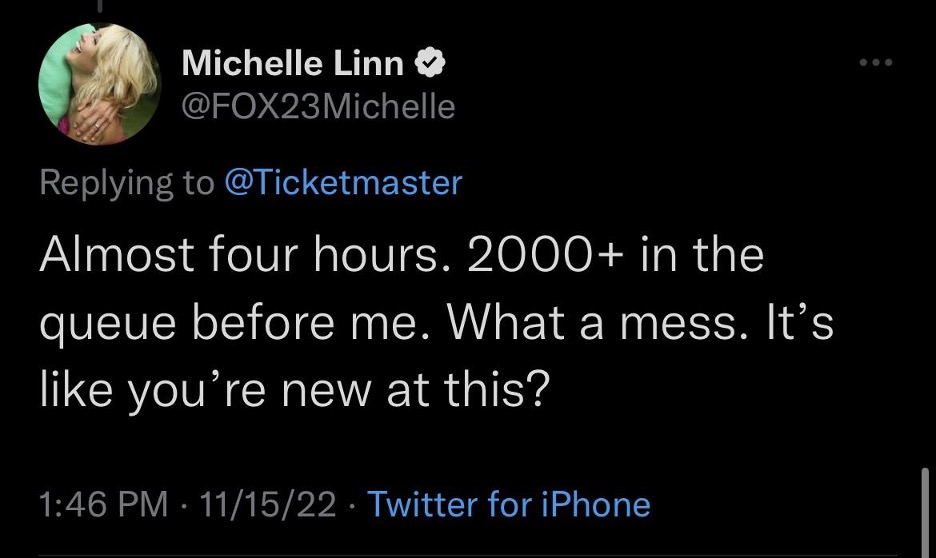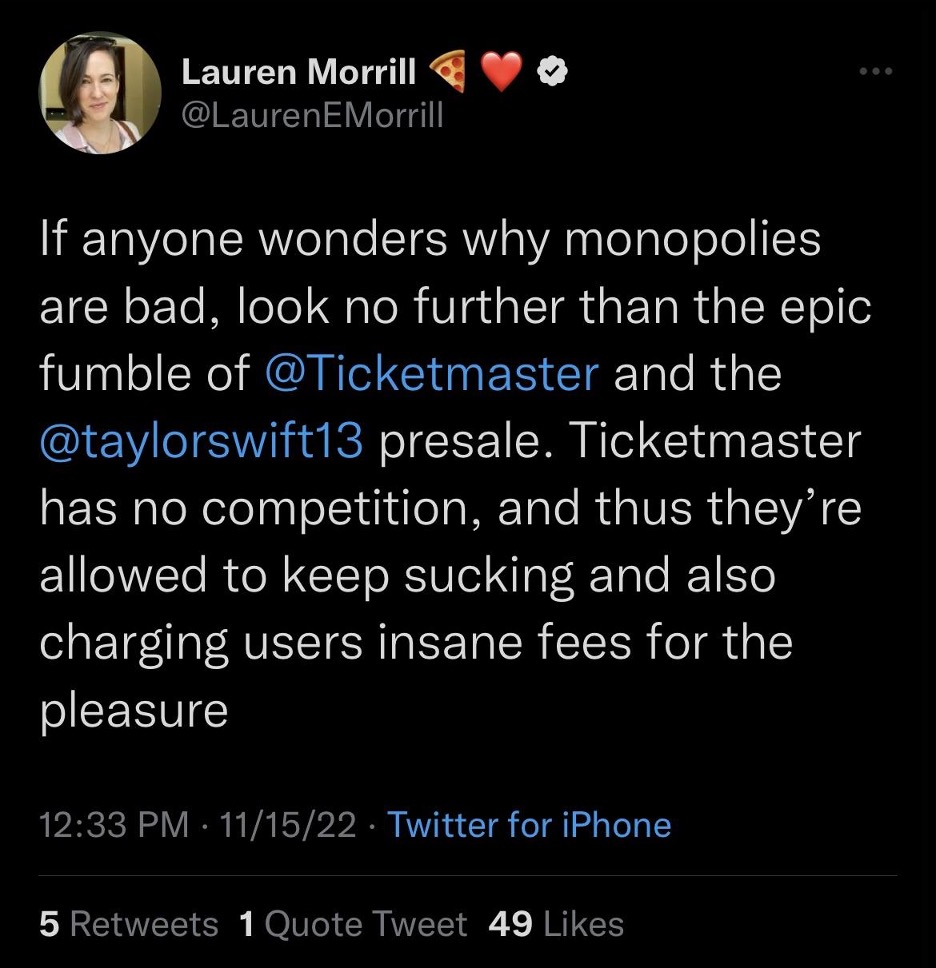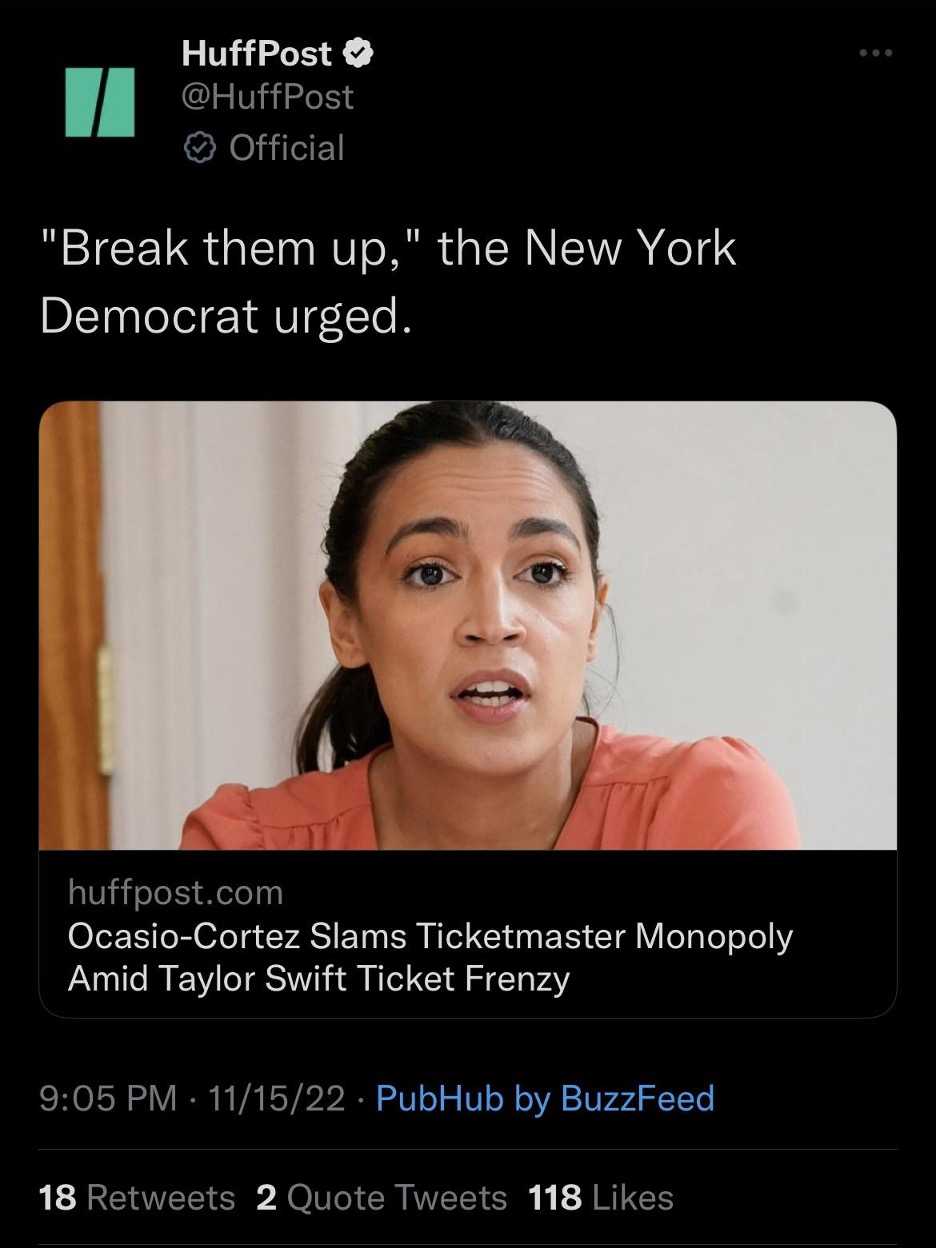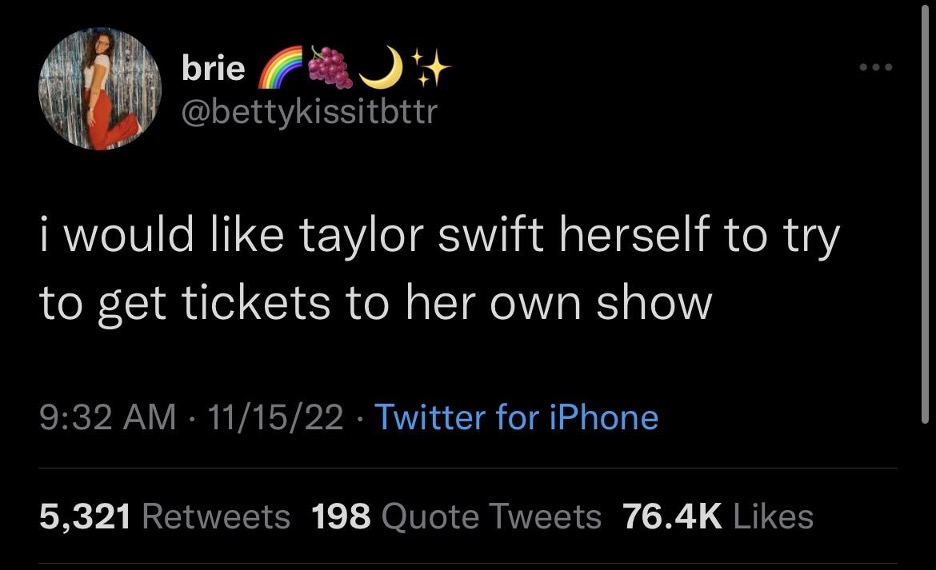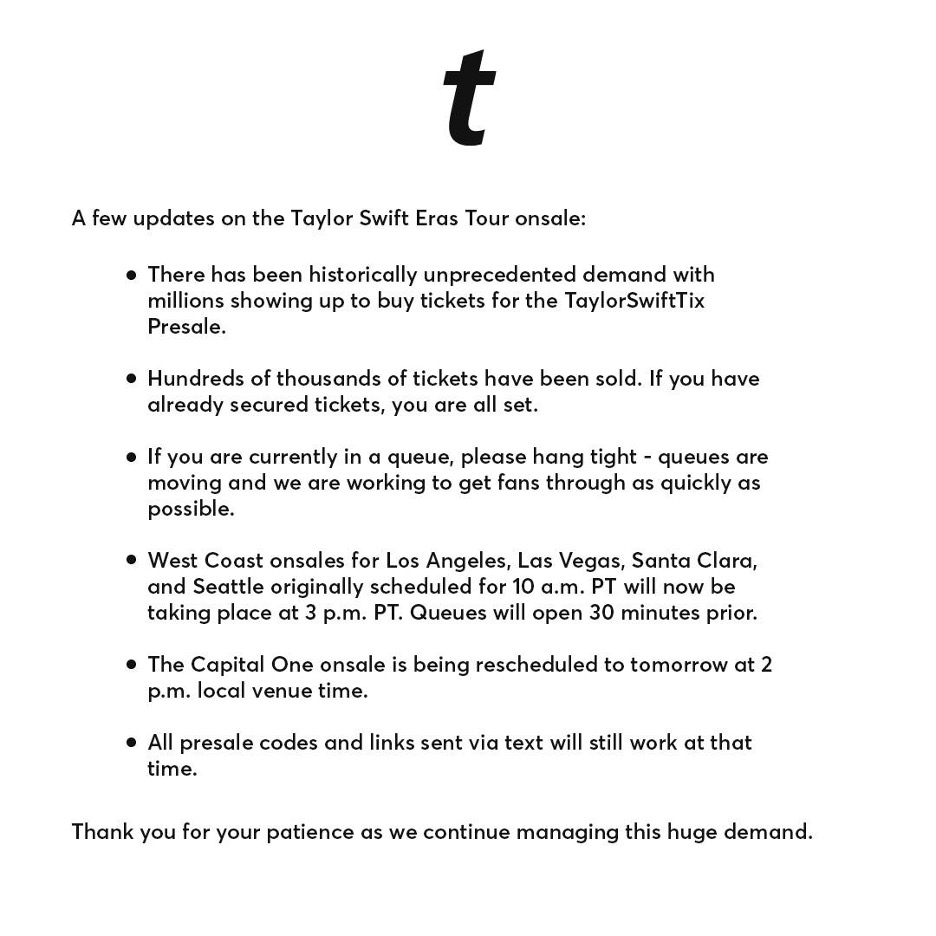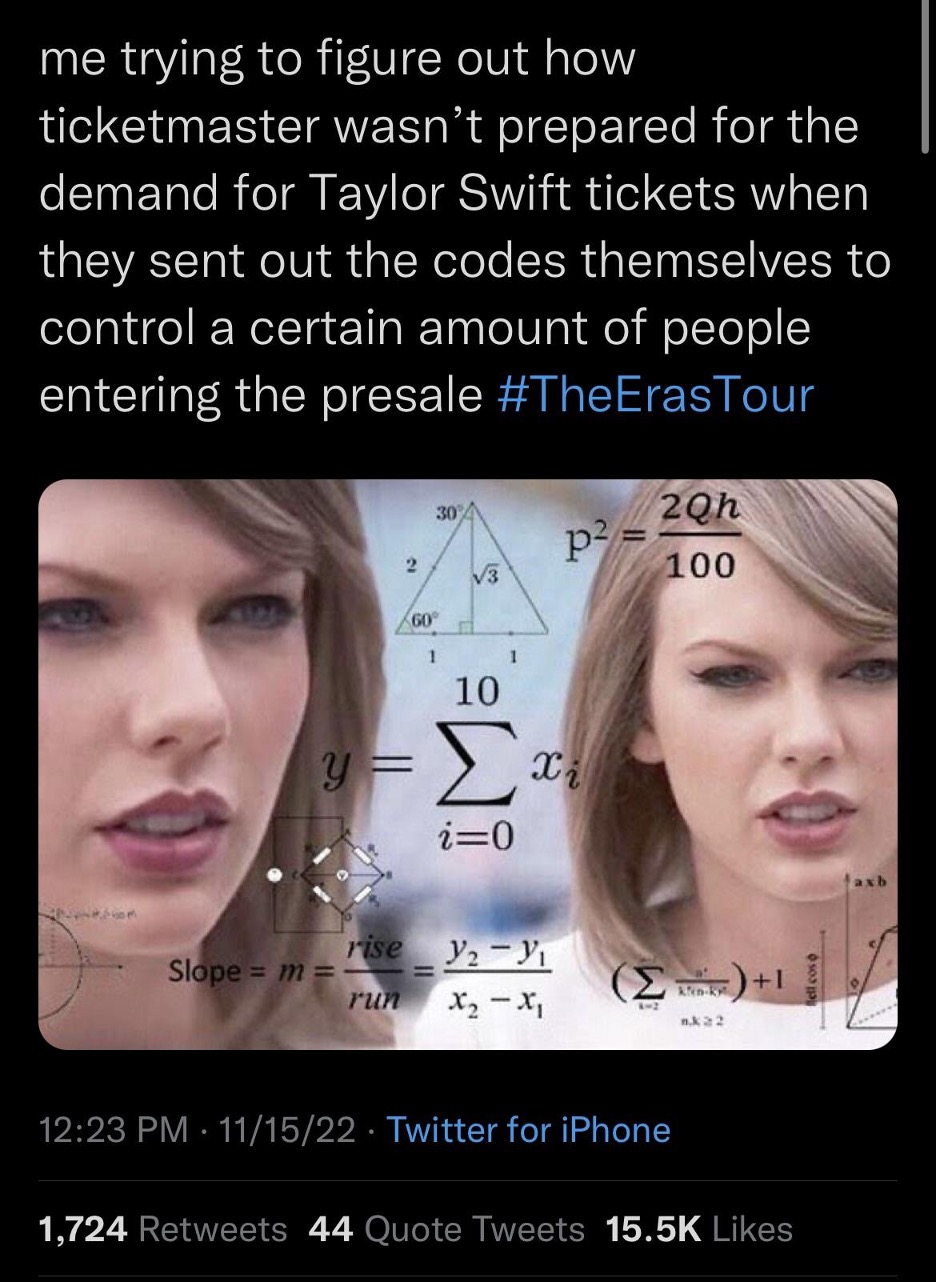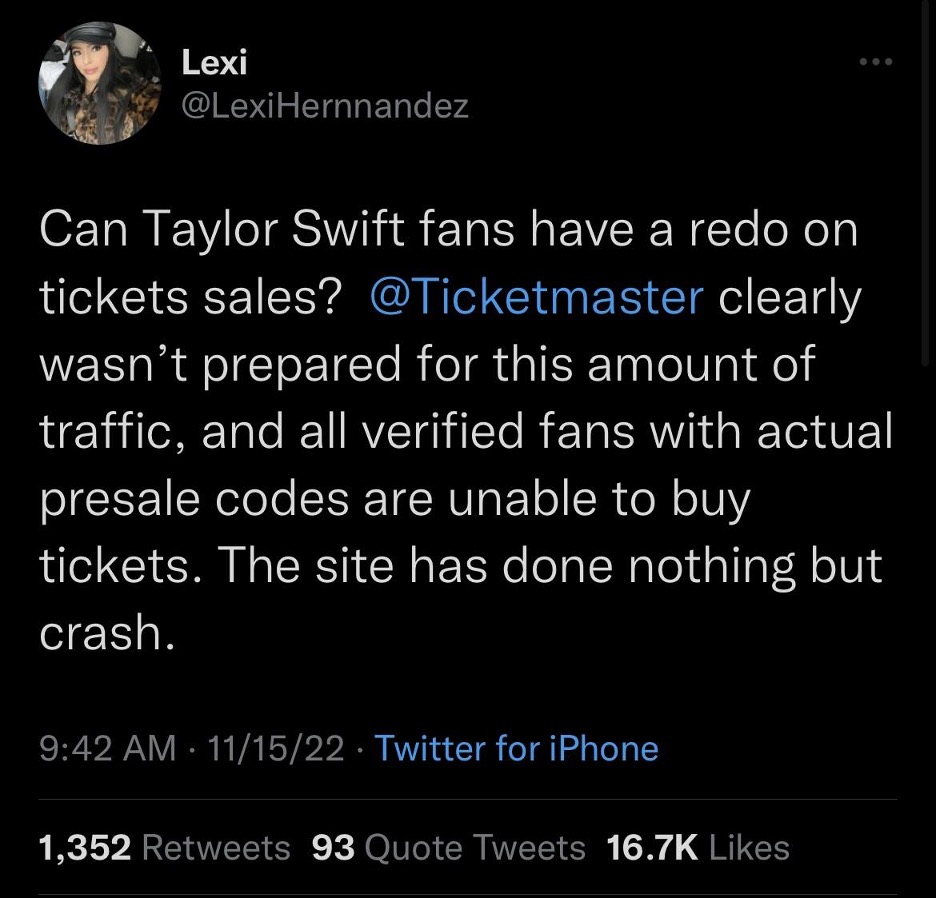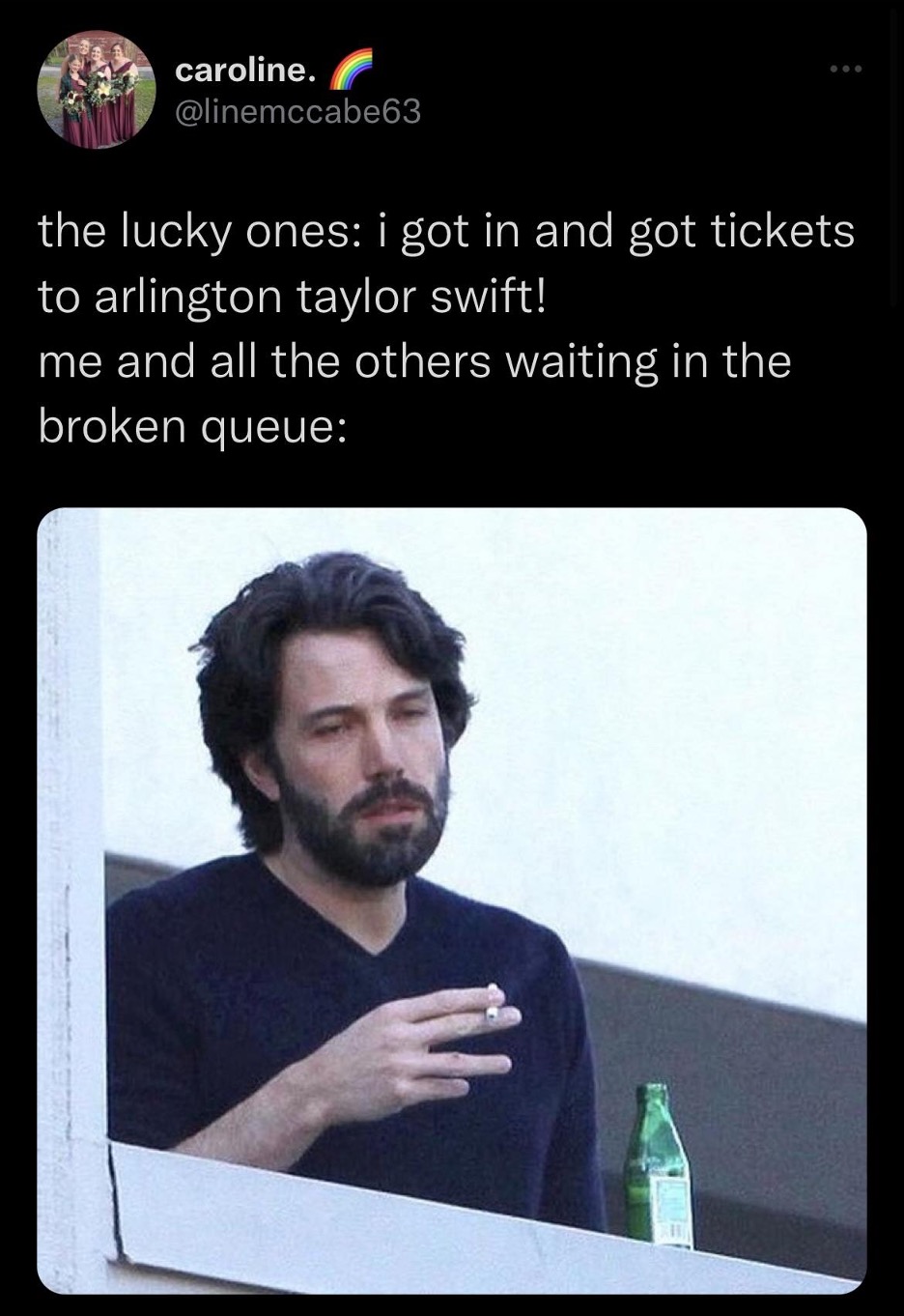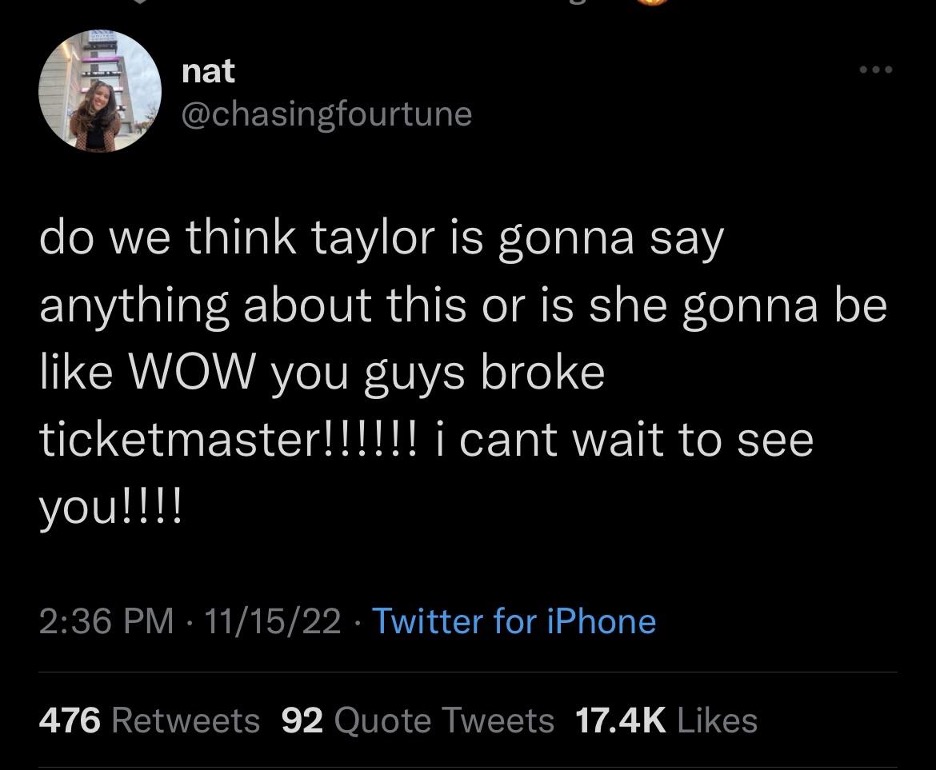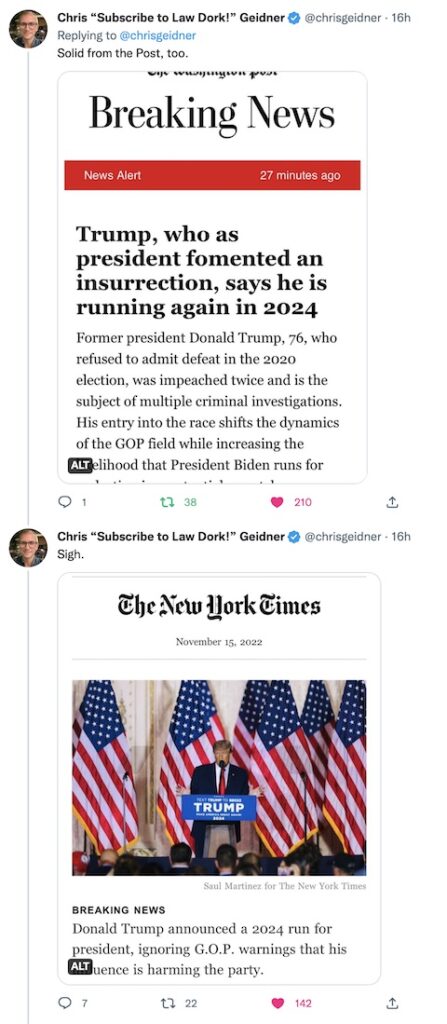Really pleased by this year’s Oscar nominees, having been to a surprising number of the nominated films. But what I’m most excited about is seeing some excellent “small” movies getting nominated for Best Picture and a bunch of other major awards.
It’s so great to see movies like The Banshees of Inisherin, Everything Everywhere All at Once, and The Triangle of Sadness getting nominated for Best Picture as well as other awards.(Everything Everywhere topped the list of nominations with 11!)
I’m perfectly happy to see them joined by crowd pleasers such as Elvis, Avatar: The Way of Water and Top Gun: Maverick. Those three blockbusters all helped remind lots of people how enjoyable it can be to go see a big movie on the big screen. I watched and enjoyed all of them. Of the blockbusters, the Avatar sequel was my favorite, well worth driving to the city to see it in 3D on the big screen with top-notch sound.
But I hope that the nominations will help bring more people to watch some of these quirkier, smaller movies as well.
I’ve previously written about The Banshees of Inisherin as being the most interesting or memorable movie I’ve seen this year.
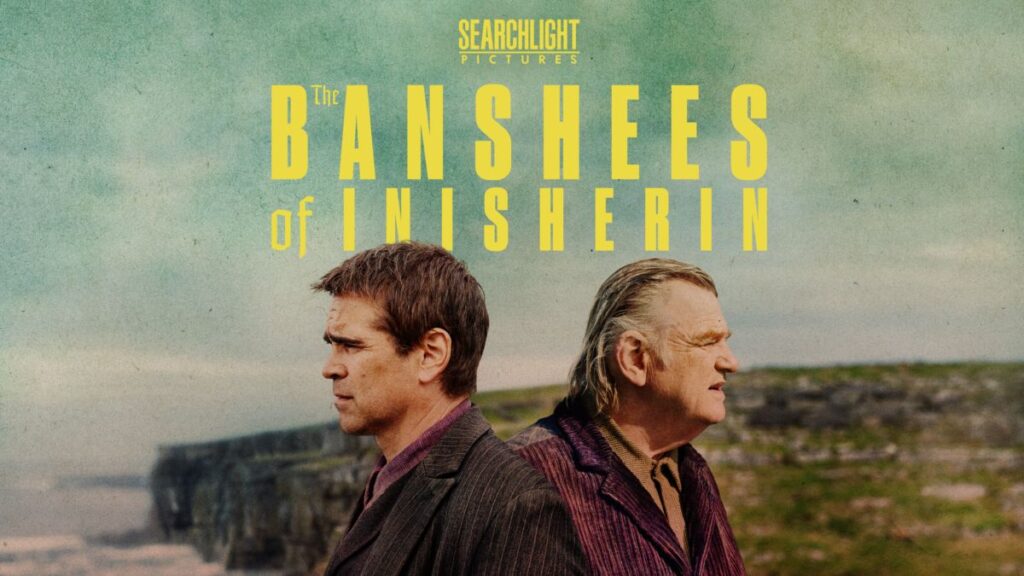
This little film, staring Colin Farrell, Brendan Gleeson, Kerry Condon and Barry Keoghan, tells the story of two old friends living on a remote Irish island in the 1920s when Gleeson’s character decides he doesn’t want to spend anymore of his limited life with Farrell’s character.
I was fortunate enough to see this at our gem of a community-run non-profit The World Theatre. And this is a movie that demands your full attention in a darkened room with no distractions from phones or other electronics. It is billed as a dark comedy, and I suppose it is that. But mostly it is a story of what a friendship can mean and how we decide to spend our time on earth.
It’s great to see the entire leading cast nominated for acting awards, including Farrell for Best Actor, Gleeson and Barry Keoghan for Best Supporting Actor, and Kerry Condon for Best Supporting Actress. And when you combine that with a Best Original Screenplay nod, it’s not hard to see what makes this movie so good – a great script and great actors to perform them.
I also really enjoyed the rather strange Triangle of Sadness.
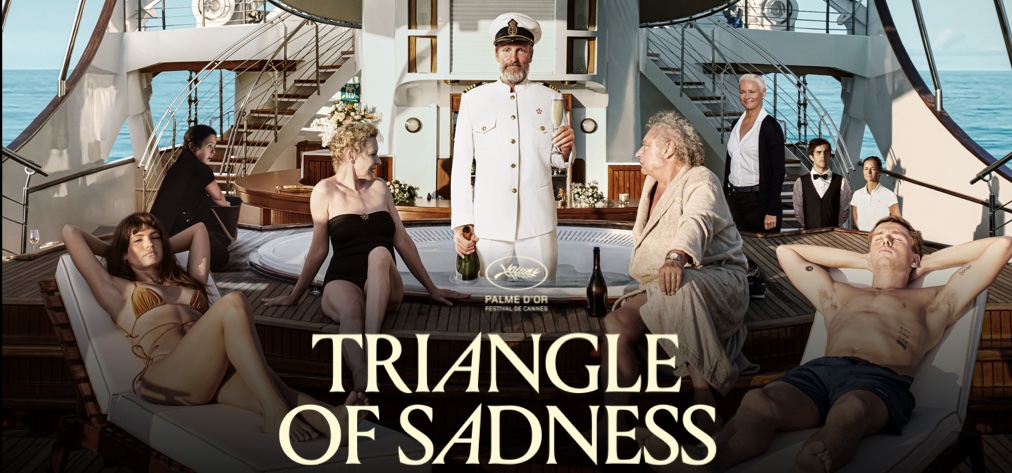
It’s an excellent look at the power in our relationships, and how that power can change as our circumstances change. Triangle considers the relationships between men and women, the rich & beautiful and those who serve them, capitalists and Marxists, and those with survival skills and those who are suddenly worthless. I know this doesn’t sound fun and exciting, but I highly recommend it if you can get past the amount of rather comical vomiting during a storm at sea. I doubt it will pick up any wins, but I would love for more people to see and talk about this provocative film.
Everything Everywhere All at Once is the most familiar and successful of these smaller films, and it takes the multiverse concepts so overblown in Marvel movies and applies them to perfectly ordinary people trying to get through their life issues like running a small business, maintaining relationships, and making sense out of craziness. (Yes, for the record, I loved Dr. Strange and the Multiverse of Madness.) Like Banshees, almost all of the lead performers get nominations, including Best Actress Michelle Yeoh, who shows her dramatic, comedic and action chops all out in equal measure; Jamie Lee Curtis and Stephanie Hsu for Best Supporting Actress; and Ke Huy Quan (who you may remember as a child star from Goonies and Indiana Jones and the Temple of Doom) for Best Supporting Actor. (Quan also is making an incredible comeback after staying away from acting for about 20 years.)

By all means, go see the blockbusters, but also make sure you get to see the smaller films as well. (I still have yet to see Spielberg’s The Fablemans, but I hope to remedy that before Oscar night.)
And finally, Michelle Yeoh is the first Asian Best Actress nominee. Or at least the first who acknowledges her Asian heritage. There’s been a little controversy over a story from the Hollywood Reporter today mentioning that Yeoh is the first Best Actress nominee who identifies as Asian. That’s not as snarky as it sounds, because the have likely been Asian nominees in the past, most notably Merle Oberon who passed for white and hid the fact that her mother was of partial Sri Lankan descent.
“It took 59 years for Michelle Yeoh to land her first lead role in a Hollywood film. And it’s taken 95 years for the Academy of Motion Picture Arts and Sciences to recognize a woman who identifies as Asian in its best actress category.” https://t.co/2myv1ifAge via @therebeccasun
— Kenneth Li (@kenli729) January 24, 2023

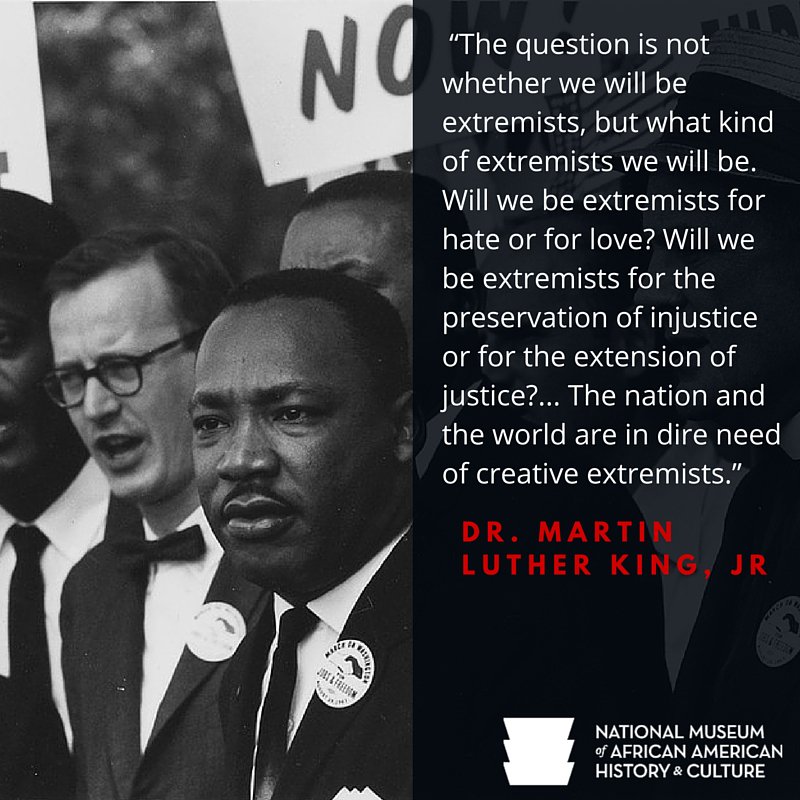
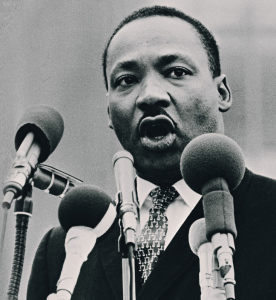
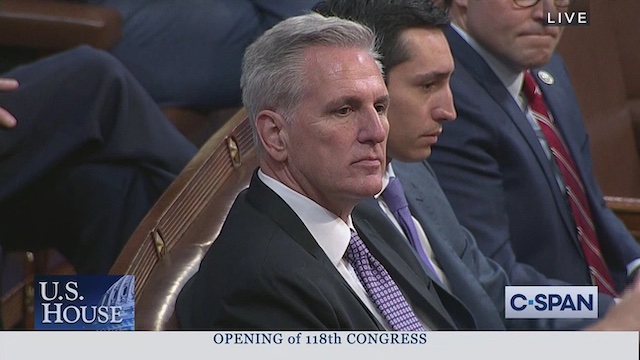



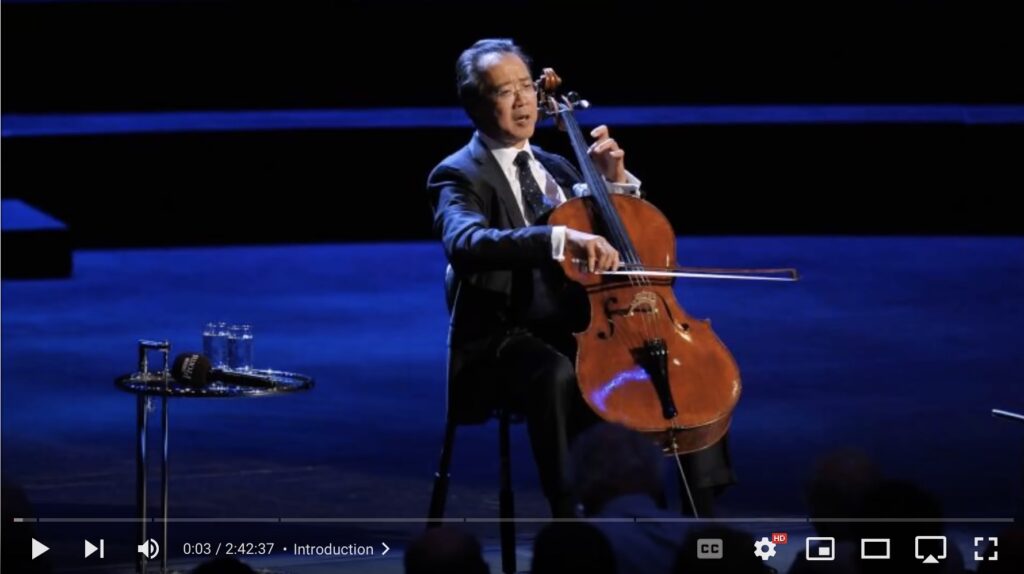


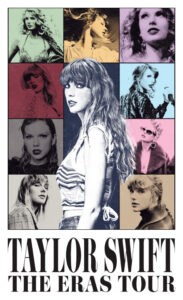 If you aren’t sure what I’m talking about, then you haven’t yet been one of the thousands of Taylor Swift fans held hostage by the website while trying to get tickets for the
If you aren’t sure what I’m talking about, then you haven’t yet been one of the thousands of Taylor Swift fans held hostage by the website while trying to get tickets for the 